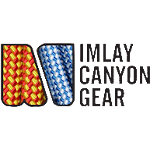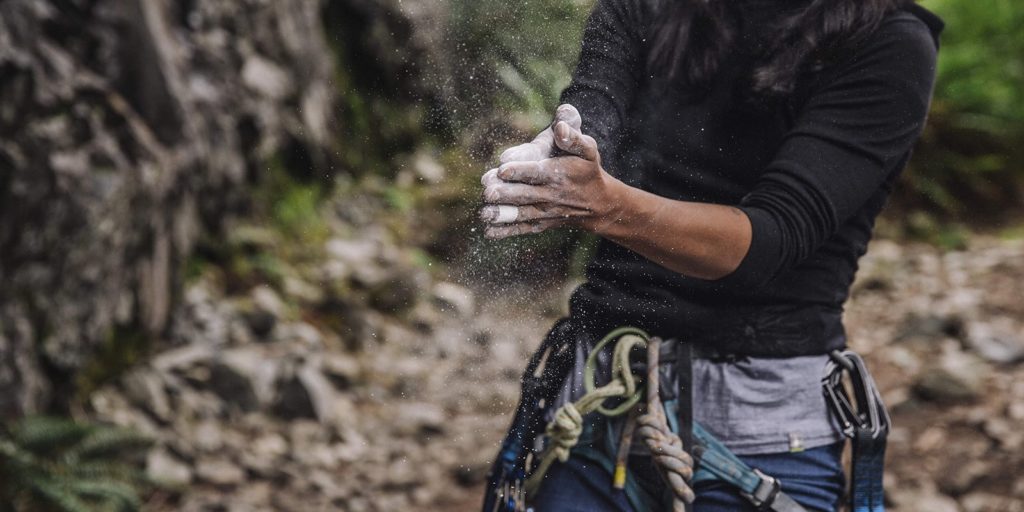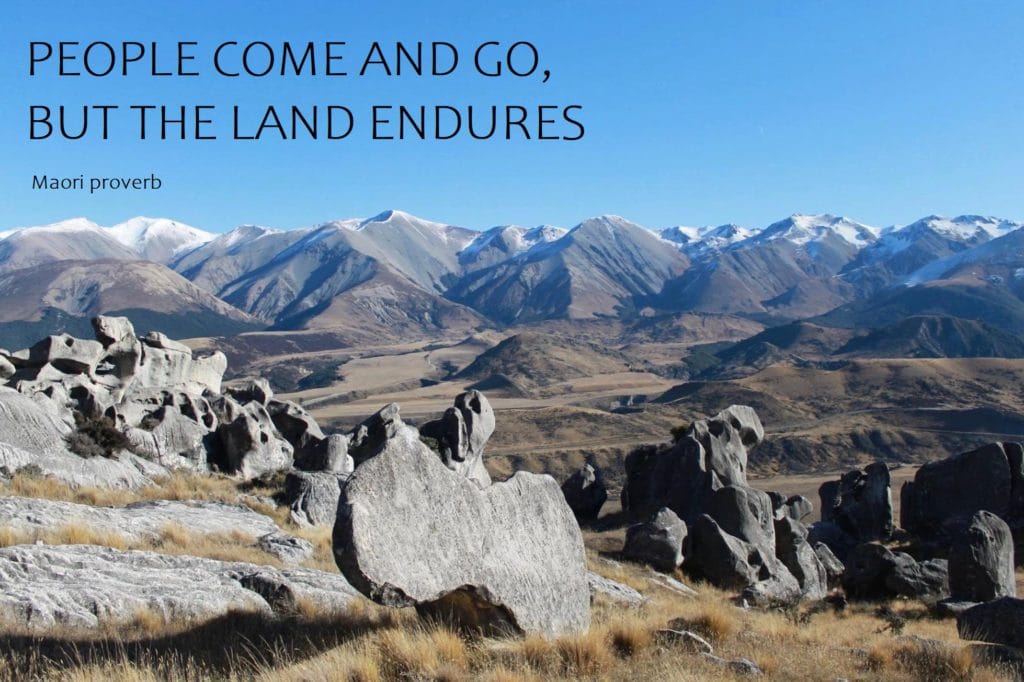“Whatungarongaro te tangata, toitū te whenua“
This proverb speaks to the importance of the land. While people come and go, the land remains. As humans we rely on the land. We must think long-term and see the big picture to ensure the sustainability of the land. Here at Aspiring we have been thinking of ways to improve our eco foot steps and we feel it is our moral responsibility to do and change things no matter how big or small to create a positive impact on the environment. The latest eco development at Aspiring involves the white stuff, new on the block, the Aspiring refillable chalk bag.
As you know walking around a climbing gym you will see white puffs everywhere. It has become part of most climbers pre-climb ritual and nearly everyone will be using climbing chalk. Chalk is primarily used to absorb all the moisture that is on your hands to keep them dry and to provide better grip. However, there is a line between applying too much chalk and not enough. The application of excess chalk however will reduce the friction on your hands.
Chalk is traditionally mined from the mineral Dolomite, a mixture of magnesium Carbonate, Calcium Carbonate and other compounds that manufacturers feel will make the climbing chalk better! Climbing Chalk comes from magnesite which is MgCO3 mixed with iron (the iron is removed during treatment). MgCO3 is insoluble in water therefore MgCO3 will keep hands from getting sweaty.
Generic chalk will feel grainy, disappear quickly with use and most likely become slimy when you sweat (this can also stick on the rock and be difficult to clean off). After a few sessions you will notice your skin becoming overly dry . This is most likely due to re-applying too often or because the chalk being used has drying agents added. Quality chalk sourced from the best regions made by reputable brands feels good when you put it on, lasts a longer time and keeps your skin healthy even after months of repeated use.
Magnesium Carbonate
When magnesium Carbonate is exposed to moisture it traps water molecules on the inside of its crystalline structure leaving the surface dry. This is climbing chalk!
Calcium Carbonate
Calcium carbonate attaches water to the outside of its structure, causing the surface to feel moist and slimy. Not a good characteristics for grip. This is great sidewalk and blackboard chalk!
How does this impact you?
Properties of excellent climbing chalk would have an extremely high Magnesium:Calcium ratio. Most chalk on the market is not and cannot claim to be 100% Magnesium Carbonate, it would be extremely expensive and impracticable to make, therefore you need the one with the least amount of impurities. You do not want your hands to feel slimy, therefore take a look at the packet before making your purchase. You want chalk that is longer lasting, to chalk up less often and to have better grip.
How to decide which chalk to buy?
First off I know we all look at a price label. This isn’t always but could be your first sign of low quality. Then check the pack for the country of origin of the chalk, think about whether the chalk is branded or unbranded and lastly if in doubt ask the sales person! If you are climbing outdoors and you have not made the switch to liquid chalk then maybe this is the way to go to help sustainability of the rock, if you are a die-hard indoor boulderer then maybe a chalk bucket and loose chalk is the way to go, if you want to reduce the white puffs in the air indoors then opt for a chalk ball.
Chalk comes in a few different forms:
- Block chalk – A solid piece of chalk that will break apart over time. For the chalk to become a block the chalk requires a binding agent to be added which reduces the purity and moisture absorption.
- Chalk Ball – Small bags made of a mesh material that is filled with fine powdered chalk, sometimes crunchy chalk. Chalk balls last longer and are preferred in climbing gyms rather than powdered chalk. Chalk balls come in two forms: single use when they are stitched and the more eco friendly refillable versions. We recommend doing your little bit for the environment and using the refillable type.
- Powdered Chalk – A mixture of chalk chunks and fine powder chalk or just fine. Fine chalk is mostly referred to as loose chalk or bigger chunks of chalk is often called crunchy chalk. Powdered chalk is often specially formulated from manufacturer to manufacturer with differing degrees of drying agents and chalk quality.
- Liquid Chalk – Is a spreadable creamy substance that dries quickly on your hands. This leaves a fine layer of chalk. The preferred chalk for outdoor enthusiast due to the environmental impact. Most liquid chalks use Ethanol for a drying agent which has the added bonus in specifications over 70% of being able to disinfect against bacteria and viruses.
What is the outdoor environmental impact of using chalk?
Today everyone will be using chalk, from casual weekend climbers to professionals. While many people love using chalk, there are noted potentially harmful environment effects it could have when used outside.
Chalk will leaves marks on the rock and will even discolour the rock. We like to think that the next rain storm will wash away all the chalk, however this is not always the case. In some cases these white marks will only come off if it is brushed or washed off and residual chalk will most of the time stay. Using chalk and especially low quality chalk and not cleaning the holds will create rounding of the rock and a sticky feeling to what were once friction full holds. Routes will start to feel polished that they are changed forever or even virtually unclimbable. These are some reasons why people are moving away from powdered chalk outdoors to the use of liquid chalk. In other places in the world chalk is being banned and even the banning of liquid chalk.
Let’s not also forget the impact of micro spills that affect the soils and micro-habitats under and around the spills that will affect the soils and ecosystems. The pH and nutrient levels in rocks and potentially affecting animals that live in, on or around the rock.
Outdoor Climbing Etiquette
- Keep the noise reasonable – When you’re accustomed to the blaring music of the climbing gym, it is easy to assume everyone might want the same outdoors. Being considerate of others super important, people are there for different reasons. Avoid playing loud music and try to keep yelling to a minimum and while you are there try to enjoy the quiet. There is no need to tiptoe, but all we are saying is being respectful and considerate of others.
-
Stay organised and avoid clutter – Try to keep all your belongings organised and contained. This will prevent the spread of trash and clutter.
-
Brush off excess chalk and tick marks – This is often the most overlooked problem. It screams I don’t care about the future visitor or the environment. Although tick marks may be useful for yourself, they might be a total hindrance for the next person who then has to brush off your tick marks.
-
Respect the local ethics – Take a look online, in a guidebook or ask a local themselves for ethics at specific rock climbing sited. Take a look at Kaitiakitanga for Castle Hill Basin and the NZAC’s Code of Conduct for Rock Climbers for good examples and check out ClimbNZ.
-
Follow all official rules and regulations – Follow the landowner’s access permission and DoC Climbing care code.
The ethics of responsible outdoor rock climbing are often whispered. As the sport continues to grow it is important that we all have a solid ethical knowledge base. If you are an experienced climber and you agree with what has been shared here in this post, then please share the article with newbies or further yet, teach! It is our moral responsibility to share this information. If you think we should add more then feel free to get in touch and let us know your views so we can keep this updated.
Check out the video below.












